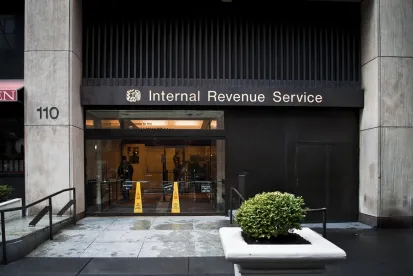On May 20, 2020, in Revenue Procedure 2020-32, the Internal Revenue Service (IRS) announced the annual contribution limits for 2021 for health savings accounts (HSA). The IRS also announced the 2021 definitional limits per Internal Revenue Code Section 223 for high deductible health plans (HDHP).
Limits for 2021 are as follows:
-
The IRS defines an HDHP as “a health plan with an annual deductible that is not less than $1,400 for self-only coverage and $2,800 for family coverage.”
-
Out-of-pocket expenses (deductibles, copayments, and other amounts, but not premiums) for HDHPs cannot exceed $7,000 annually for self-only coverage and $14,000 annually for family coverage.
-
Individuals with self-only coverage have a limit of $3,600 for their 2021 annual contributions to an HSA. Individuals with family coverage under an HDHP have an annual contribution limit to an HSA of $7,200.
The table below compares the 2020 and 2021 limits:
|
|
2020 Individual |
2020 Family |
2021 Individual |
2021 Family |
|
HSA Contribution Adjusted Limit |
$3,550 |
$7,100 |
$3,600 |
$7,200 |
|
HDHP Deductible Adjusted Limit |
$1,400 |
$2,800 |
$1,400 |
$2,800 |
|
HDHP Out-of-Pocket Adjusted Limit |
$6,900 |
$13,800 |
$7,000 |
$14,000 |
In light of these changes, employers that sponsor health plans that include an HDHP/HSA option may want to revise their communications to plan participants to ensure that they are updated accordingly. Employers may also want to ensure that 2021 open enrollment materials accurately reflect these limits.




 />i
/>i

